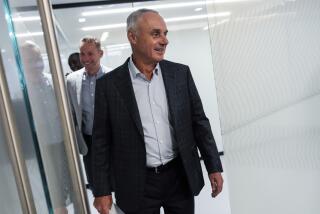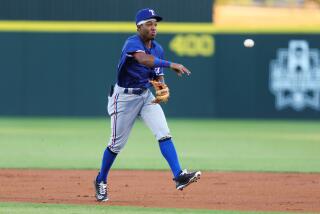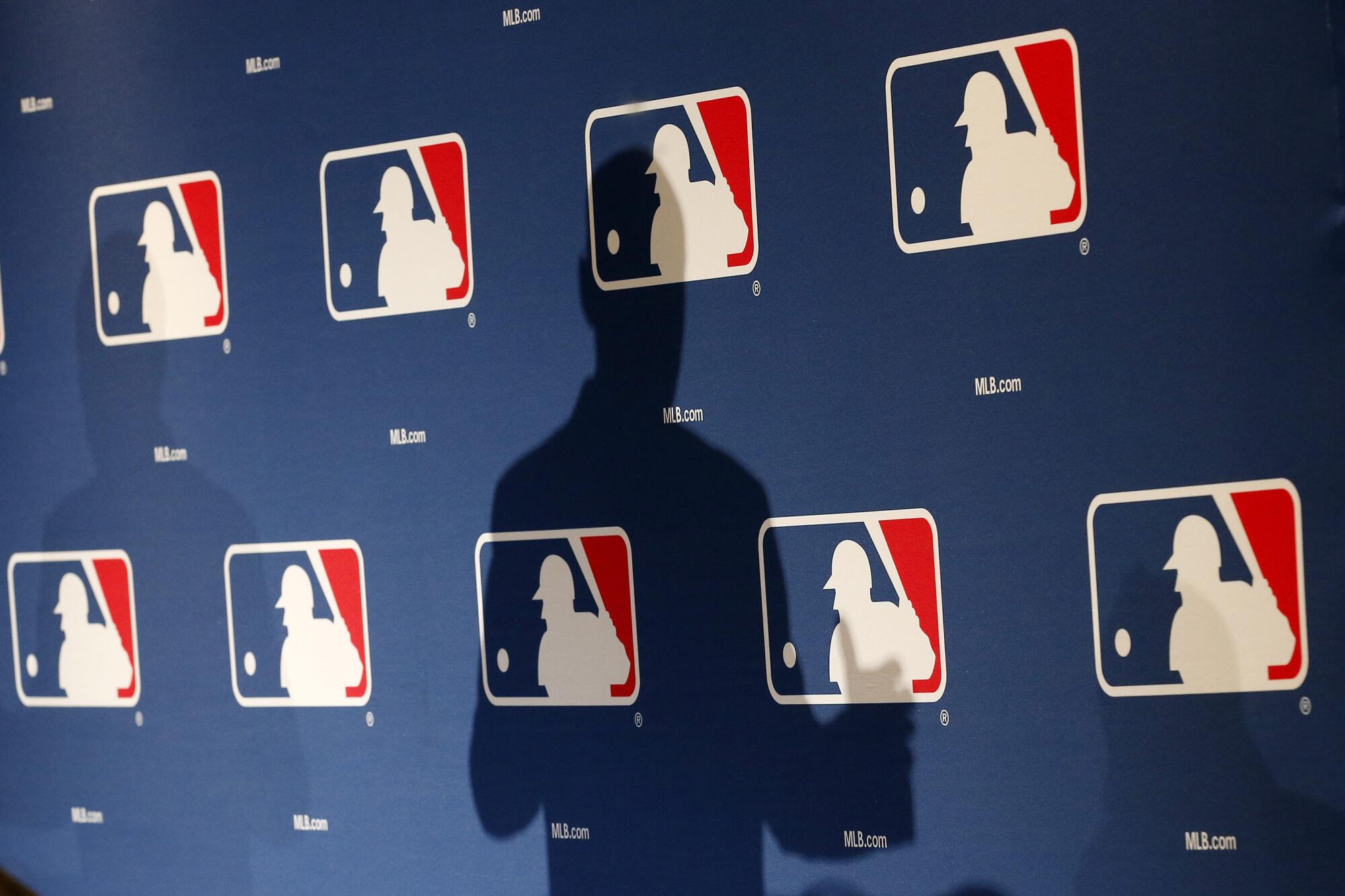
In less than two weeks, Dodger Stadium, after 42 years, will finally host the MLB All-Star Game again. Stars will descend. Celebrities will surface. Major League Baseball will cash checks.
Just a few months ago, reaching the glitzy checkpoint was a pipe dream. Remember that? When the owners and MLB Players Assn. nearly didnât come to terms on a collective bargaining agreement to avoid shortening the season?
The two sides ended the drama when they reached a deal March 10. But one piece remained unsolved, kicked down the road for future headaches.
The league proposed implementing an international draft, a measure the union has unequivocally rejected for years. To entice a different response, MLB offered to remove the qualifying offer system, which the union sought in negotiations. The effort nearly derailed talk, but the sides agreed to a July 25 deadline to address the matter.
The union resents the qualifying offer system â having draft-pick compensation tied to free agents â because it has proven to limit their earning power. And it has held steady for years on dismissing an international draft for several reasons, including the fear of further restricting compensation and players losing the freedom to pick their MLB teams.
But that could change this time around.
The MLBPA offered MLB a counterproposal Friday that included an international draft, according to people with knowledge of the situation. While substantially different than MLBâs overture in March and fundamentally flawed from the leagueâs viewpoint, Fridayâs development represents an unprecedented step for the union that surely angered players within its ranks.
MLB has long contended an international draft could mitigate the problems plaguing the market, particularly in the Dominican Republic, ranging from illicit early agreements between teams and 13-year-old boys to performance-enhancing drug use to unbridled corruption, while admitting it doesnât effectively police the current system.
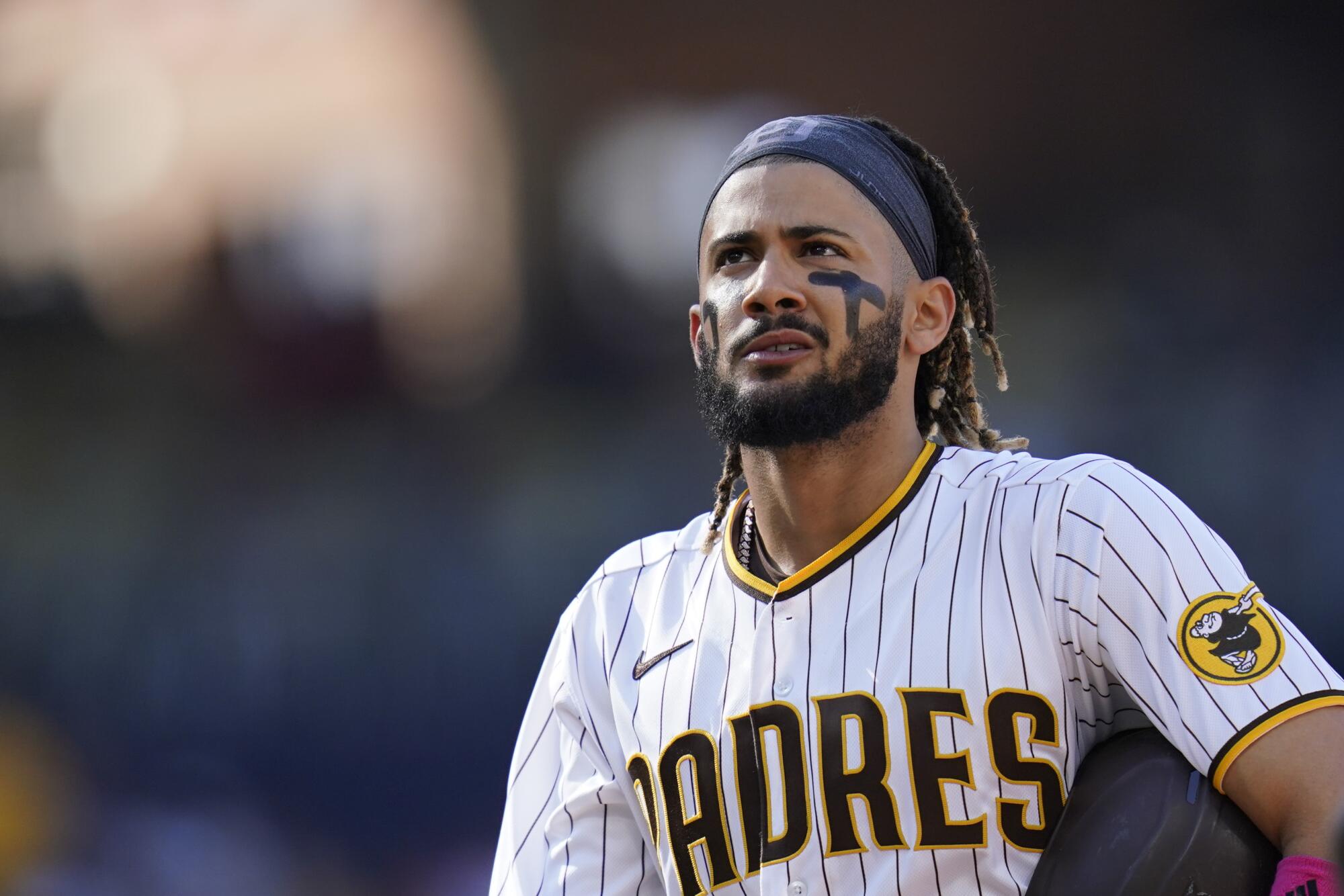
Prominent players â current and former â have expressed both caution and support. David Ortiz, a Hall of Famer from the Dominican Republic, said heâs open to the idea but worried about the implementation. San Diego Padres star Fernando Tatis Jr., a Dominican, said the draft would âkillâ baseball in his country because he believes a draft would produce fewer opportunities for players. In March, New York Mets shortstop Francisco Lindor, a member of the unionâs eight-player executive subcommittee during CBA negotiations, tweeted that the âinternational draft is about dividing players.â
On the other side, Venezuelans Bobby Abreu and Carlos Guillen, both of whom run academies in their home country, are among the notable advocates.
Those against the draft offer different reasons, but they center their rationale around one argument: The problems in Latin America exist because teams disregard rules knowing the league wonât enforce them.
âThe reason that they want to implement a draft is because the teams themselves corrupted the system down there so poorly,â said one prominent agent who spoke on condition of anonymity. âThe scouts are robbing from the teams themselves. Some of the scouts write a half-a-million-dollar check to the kid but they actually wrote a million-dollar offer to the organization and they pocket the difference. This has been going on forever. So, they created their own sâ.â
More than 15 executives, agents and players with experience in the Latin American amateur baseball scene were interviewed for this story. Some want the international draft. Others donât. All agreed the current system is a mess needing significant changes.
The league in March proposed an annual 20-round international draft beginning in 2024. The 600 picks would be hard-slotted, meaning there would be no room for negotiations for signing bonuses, and tradable. The top pick would receive about $5.25 million, and so on. The draft order would rotate by group every year, regardless of win-loss record. Undrafted players could sign for a maximum of $20,000. The age minimum of 16 would remain the same.
In the proposal, players eligible for the draft would be the same players eligible to sign as international free agents. That includes Japanese players before they sign with a team in Nippon Professional Baseball (NPB). Once a player joins the NPB, they would have to abide by the posting system agreed to among the leagues.
For example, Shohei Ohtani would have been subject to the draft out of high school and again when the Nippon-Ham Fighters posted him in 2017 because he was still classified as an international amateur, which would have left him without a chance to choose where he played in the majors. The league, however, is willing to negotiate the threshold for Japanese players with the union, according to a person with knowledge of the situation.
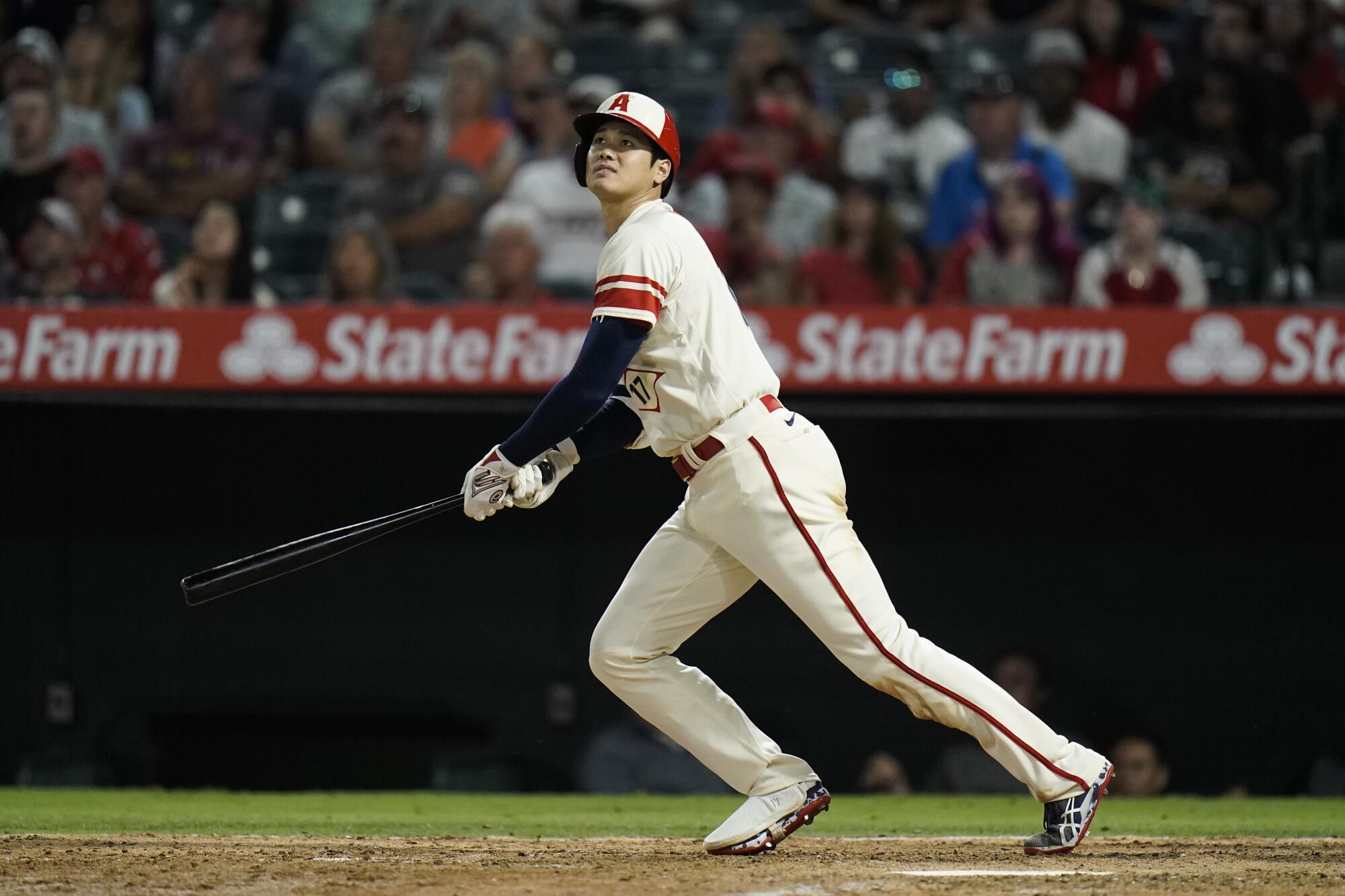
The leagueâs proposal included Cubans who establish residency outside of Cuba in the draft. It didnât include Puerto Rico or Canada, which are part of the domestic draft with the United States.
MLB said the plan would guarantee that clubs would spend at least $20 million more than the last international signing cycle, maintain the yearly number of international amateur signings and provide more chances for older players in the market.
âWe think this is the best way to fix a broken system and will abide by the MLBPAâs decision as part of the CBA agreement we made in March,â MLB said in a statement.
People against the proposal named a few issues. Unjust overreach in draft preparation. Smaller signing bonuses compared to the domestic draft. Fears that MLB wouldnât provide sufficient resources for player development. A uniformity in player discovery that would hinder clubs that have successfully navigated the Latin American market while helping organizations that have made minimal investment in the region.
The unionâs counter Friday addressed some of the concerns. The proposal called for teams to spend at least $260 million (compared to $181 million in the leagueâs offer) on players in a 20-round draft without slot caps and a $40,000 maximum for undrafted free agents, according to a person with knowledge of the situation. It also stipulates forming committees to handle corruption and more relaxed pre-draft measures in line with the domestic draft.
MLB is expected to review the document before responding, but has two significant issues with the counter. One, itâs too expensive. Two, the league argues having a draft without hard slots wouldnât solve the issue of early agreements.
The problems are the worst in the Dominican Republic and Venezuela for one reason: The money is the biggest there.
In the Dominican Republic, people realized developing players was good business so trainers, known as buscones, surfaced to pull children from school to practice baseball full-time at 12 and 13 years old.
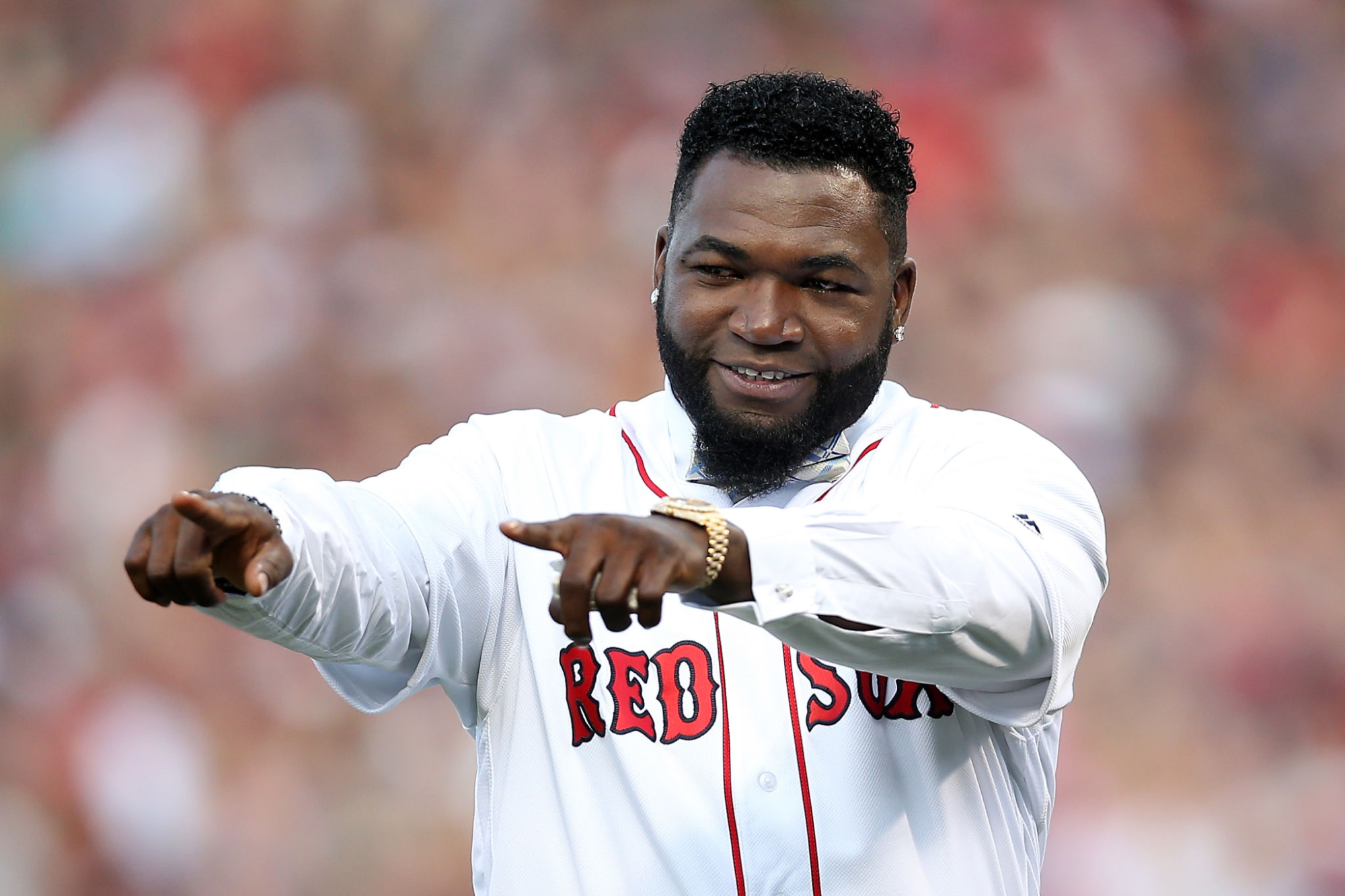
As more Dominicans became big league mainstays, teams gained confidence to increase spending and a multimillion-dollar industry was created with trainers usually taking a 50% cut. That money is often split among other âinvestorsâ who fund the playerâs development in exchange for a portion of the signing bonus.
Problems always existed, but they escalated when MLB imposed spending caps on its clubs in the international amateur market in 2012 and stricter limits in the previous CBA, according to people with knowledge of the situation. The ownersâ money-saving measures created an annual rush to grab a piece of a teamâs pool money before itâs gone. A domino effect began. Early agreements, made two or three years before a player turns 16, became the norm.
âThereâs so much going on down there that needs to be fixed,â said Hanser Alberto, a Dodgers infielder from the Dominican Republic.
A typical example: A trainer and an MLB teamâs scout make a nonbinding handshake deal for a player two years before heâs eligible to sign. That player is then barred from being seen by other teamsâ scouts to maintain the agreement.
That unofficial protocol has created problems. At the top of the list is PED use. Feeling the pressure to reach a verbal agreement, trainers have children as young as 12 years old take drugs to impress scouts. While most prevalent in the Dominican Republic, it also happens in Venezuela, according to people with knowledge of the situation.
MLB maintains a draft would motivate trainers to keep their prospects on the field for exposure ahead of the draft, allowing teams to make more informed talent evaluations while being drug tested randomly for the nine months leading up to the draft.
CĂŠsar SuĂĄrez, a former minor leaguer whose father has scouted for the New York Yankees for 30 years, now works as an agent in the United States and operates an academy in Venezuela, his home country. He explained itâs not uncommon for teams to reduce a playerâs signing bonus after an early agreement because the player didnât develop as expected or a red flag emerged during his physical.
âThe draft doesnât solve everything, but it solves some of these problems, including the early agreements,â said SuĂĄrez, who primarily represents Venezuelan major leaguers.
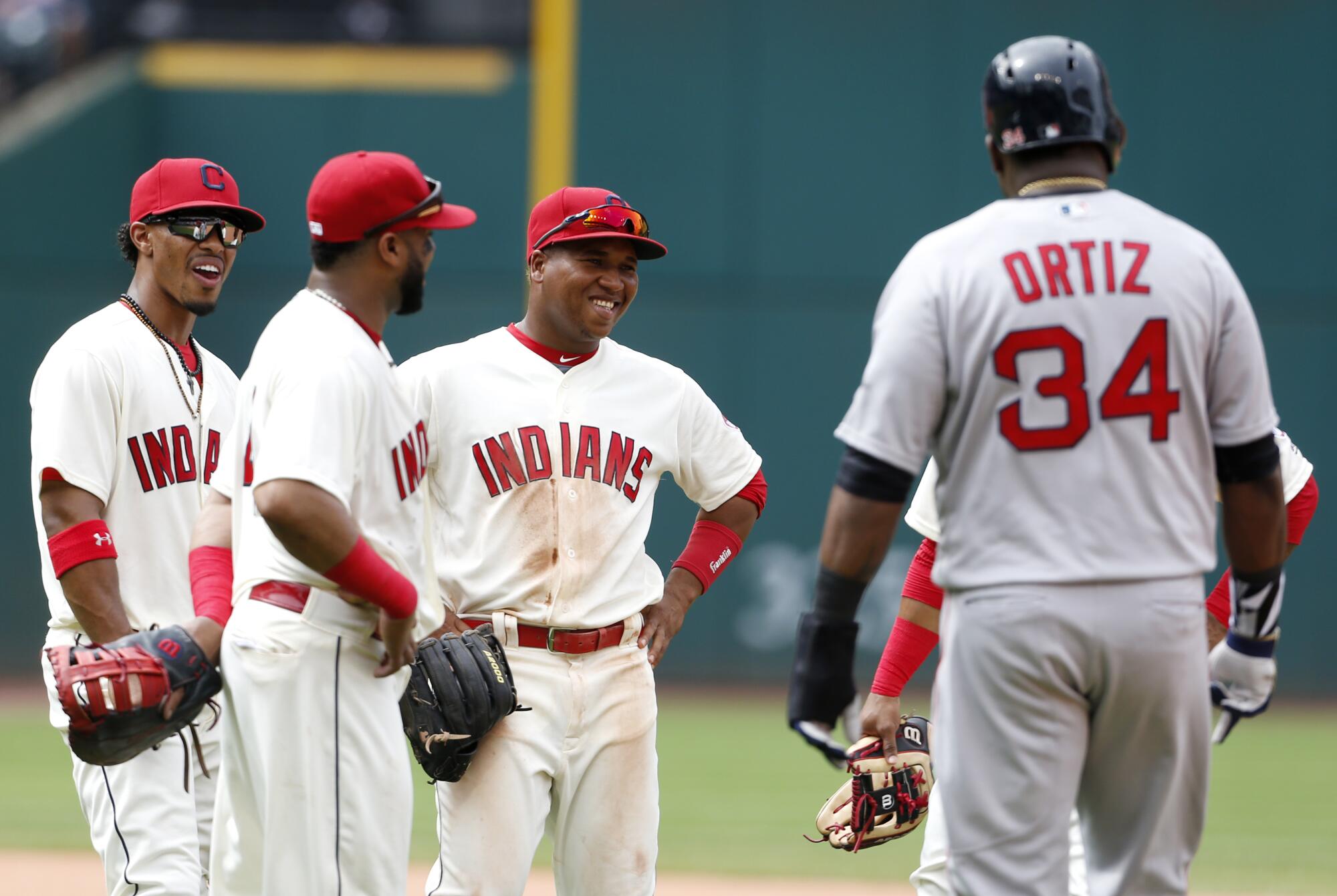
Money laundering is another issue in the Dominican Republic, as the dollars and stakes have increased.
âWhen you allow for a system with this type of corruption, it draws people who can handle stuff like that, money laundering,â a team executive said. âShady characters that are capable of pulling this stuff off.â
Rafa Nieves is another former minor leaguer from Venezuela who became an agent in the United States. Unlike SuĂĄrez, he sees the draft as a net negative.
âIâm not pro-draft,â said Nieves, who represents several major leaguers from the Dominican Republic and Venezuela. âI think it would be a loss for the young kids in the international market. Iâm in favor of a free market, of giving them a chance to pick where they work. The system is a disaster, no doubt about it, but a draft wouldnât solve it.â
While antidrafters acknowledged early agreements would be all but eradicated, a few argued draft-pick manipulation would be simple to execute. Multiple people argued scouts could reach kickback agreements with agents if they convince their team to select the player earlier than projected.
The union also contended that MLBâs proposal is âdiscriminatoryâ compared to the domestic draft, citing that the slot money for the top pick is around $3 million less and PED testing would be more stringent for prospects. In the domestic draft, the top 300 players are subject to random PED testing upon registering for the draft. In MLBâs international draft proposal, every prospect would be subject to testing and trainers would face penalties.
People against the draft also wondered if fewer would be incentivized to invest in children, which would create a vacuum in development. MLBâs proposal calls for the creation of a free league across the Dominican Republic, supporting leagues in other countries and investing in fields and equipment. MLB declined to share the amount of money the league proposed to spend in infrastructure. The union argued it wasnât enough.
The road to this point began in the 1980s with the Dodgers leading the way in a very different world.
The Dodgers visualized an opportunity to tap into a deep talent pool and acted on it in 1987, opening the first MLB-affiliated academy in the Dominican Republic behind longtime scout Ralph Avila. It was a pioneering decision. Dominicans, and Latinos at large, had reached the major leagues for decades and with greater frequency in the 1980s. The Dodgers envisioned more.
The franchise, as a result, became the leaders in discovering and cultivating Dominican talent over the next decade, jump-starting a surge in Dominicans â and, indirectly, Latinos from other countries â across the majors. By 2003, all 30 MLB franchises owned an academy in the Dominican Republic.
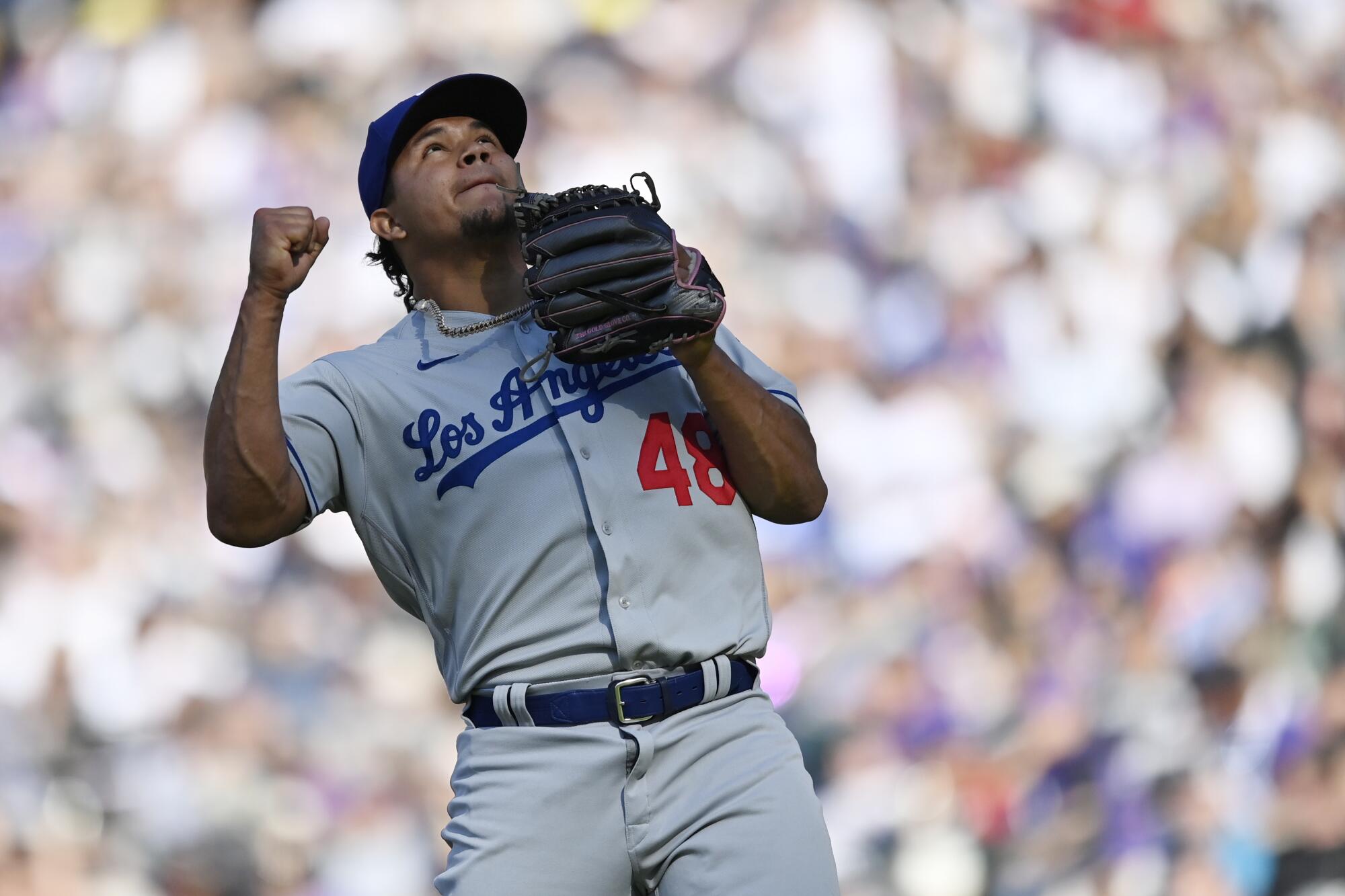
Teams believed academies were worthy investments because, plainly, players were bargains. Hundreds of players signed never came close to playing for the Dodgers, but the few successes outweighed the failures.
This season, 99 Dominican-born players made opening day rosters â more than any country besides the U.S. Venezuela is next with 67. Dodgers reliever Brusdar Graterol was one of the 67 Venezuelans.
Graterolâs mother sends him videos from Venezuela of his youngest nephew, 11-year-old Ichiro, throwing a baseball against the wall at 5 a.m. and his older brother, 13-year-old Dominic, playing a slick shortstop. Theyâre the sons of Graterolâs brother, who died when the boys were young. They want to play in the major leagues.
They live in Calabozo, a tiny inland town in Venezuela. Graterol is from there, but he hasnât returned to Venezuela in six years.
âI feel 90% safe going back,â he said, âbut not 100%.â
While corruption in amateur baseball circles is notorious in the Dominican Republic, Venezuela has its own unique problems within the international baseball market. At one point, 23 MLB teams operated academies in the country. In 1997, a Venezuelan Summer League was created, 12 years after a Dominican league was established. Baseball was booming.
That summer league doesnât exist anymore and those academies have shut down because of the nationâs political conflict and economic turmoil over the last decade. For Venezuelan major leaguers, the instability has created security concerns. Many, like Graterol, donât visit during the offseason.
For the youngsters hoping to emulate them, the situation has complicated the process. Travel restrictions â itâs illegal to fly directly from the U.S. to Venezuela â and safety fears have dwindled the amount of time MLB club executives spend in the country. SuĂĄrez gave an example of an official in an organizationâs international scouting department who visits the Dominican Republic almost every month but hasnât been to Venezuela in three years.
When important team decision-makers do visit, their visas are for a very limited time, according to people with knowledge of the situation. As a result, Venezuelan players have traveled to neighboring Colombia, the Dominican Republic and other countries for better exposure.
âPlayers in Venezuela are going to take their first deal, the first offer that they get because thatâs life-changing money,â a team executive said. âWhereas in the Dominican, itâs a little bit more comfortable so a lot of these guys are willing to wait out, to develop more and turn into a more valuable prospect.â
Substantial signing bonuses have still gone to Venezuelan prospects. In January, 14 Venezuelans signed for more than $1 million, according to the website Spotrac, compared to 18 Dominicans.
But some Venezuelans, including Abreu and Guillen, have maintained a draft would give prospects more time to develop â perhaps affording older players and late bloomers a chance to sign â and more money.
The list of top bonuses is dominated by the two countries every year while others â Mexico, Panama, Colombia, Aruba, Curacao, Nicaragua, the Bahamas and others â lag behind.
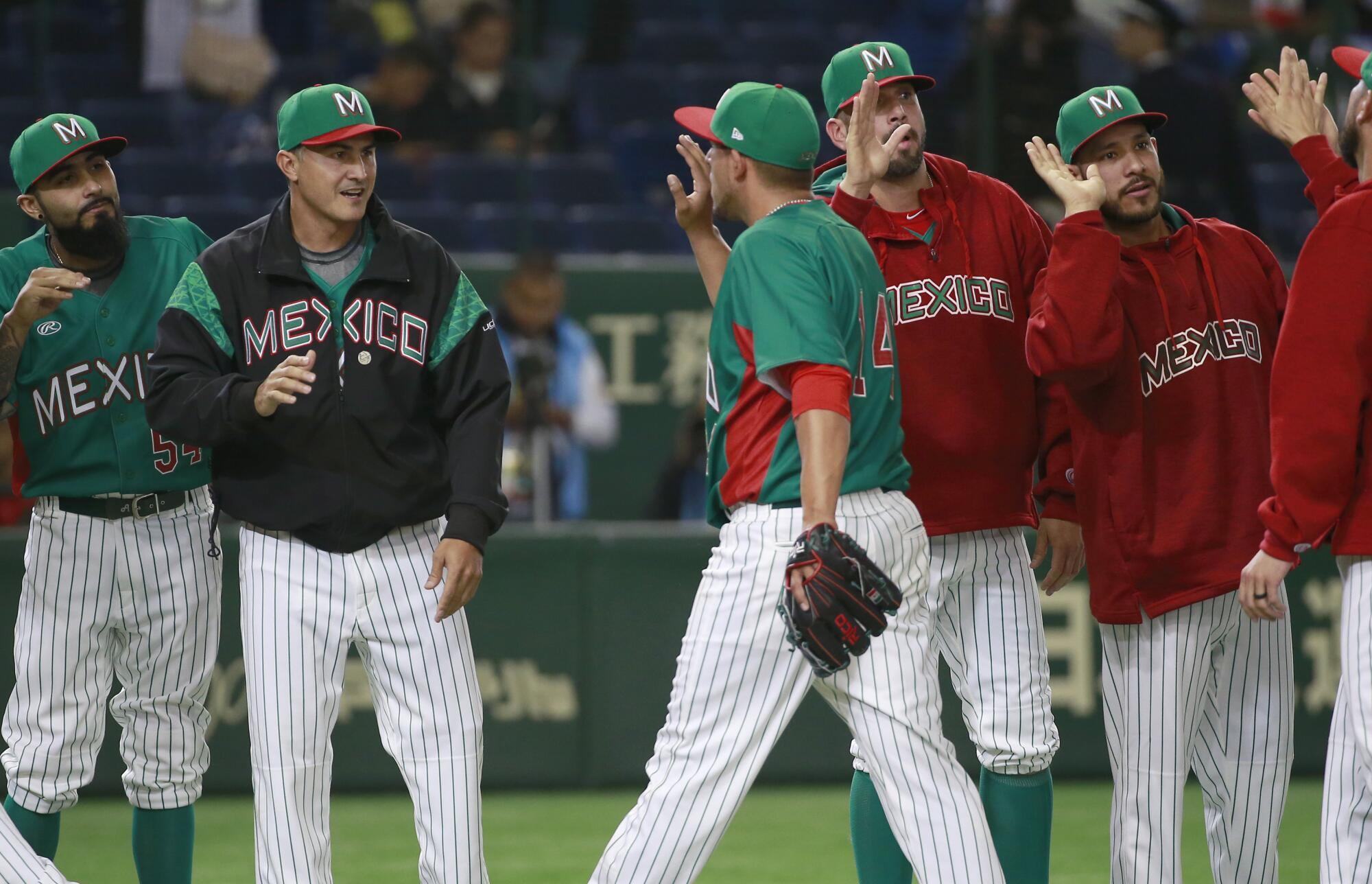
That isnât a coincidence, according to Edgar GonzĂĄlez. The former major leaguer â and Adrian GonzĂĄlezâs older brother â operates a baseball academy in Tijuana, Mexico. He said teams earmark little money for Mexicans after spending most of it in the Dominican Republic and Venezuela since the spending limits were imposed a decade ago.
âThey come to Mexico with $100,000 for five players,â GonzĂĄlez said. âAnd theyâll say, âI know the kids [are] worth a lot more, but this is what we have.ââ
GonzĂĄlez said Mexican prospects also âget the short end of the stickâ because they develop later than in other countries since they rarely stop attending school to train full-time. Bonuses for most Mexican prospects, he said, havenât topped $20,000 in recent years. He said 25 players from his academy have signed since opening âbut all for very small bonuses.â Consequently, the academy has lost money every year and currently has fewer than 10 players after beginning with 40.
Another layer unique to Mexico is the presence of its professional league. GonzĂĄlez said teams run their own academies that compete with independent efforts. The clubs, according to GonzĂĄlez, regularly block players from independent academies, pushing them to sign with major league teams for little money.
âThe draft would be such a good thing for Mexico,â GonzĂĄlez said.
Itâs just one perspective to consider for a measure that would impact a complicated region with different baseball ecosystems, upending a system that has produced some of the sportâs brightest stars.
MLB believes itâs a necessary change. The union has disagreed but is now at least open to the idea. An answer could come by the end of the month.
More to Read
Go beyond the scoreboard
Get the latest on L.A.'s teams in the daily Sports Report newsletter.
You may occasionally receive promotional content from the Los Angeles Times.


